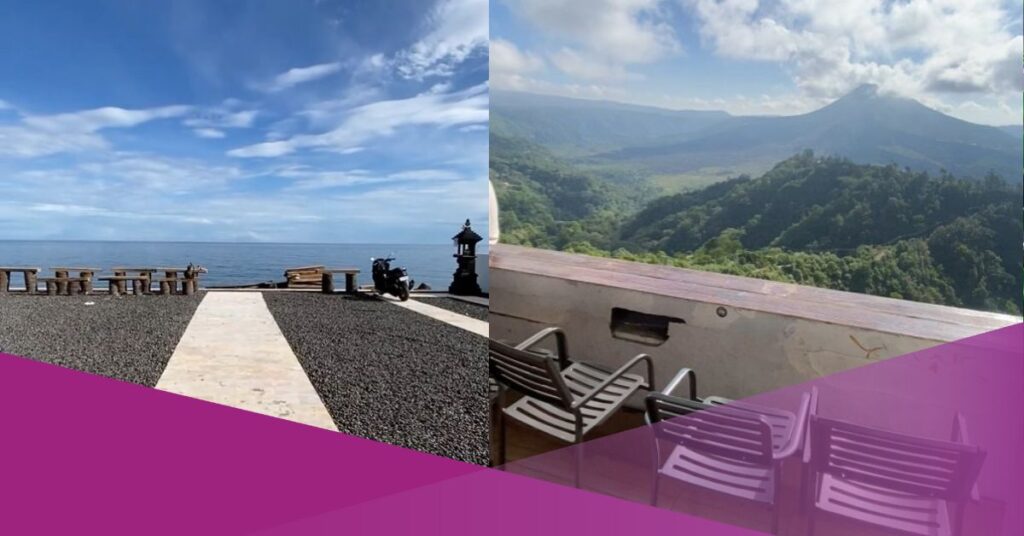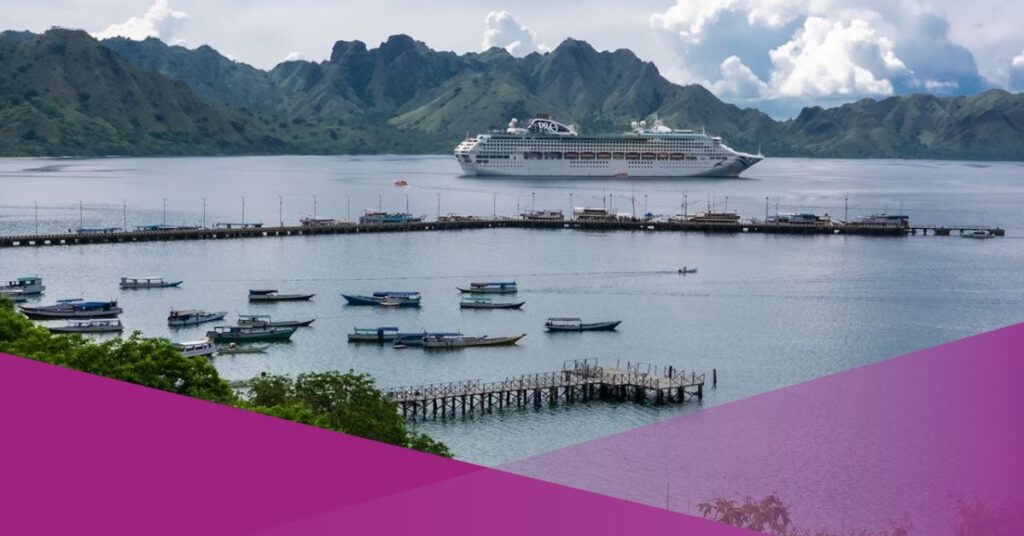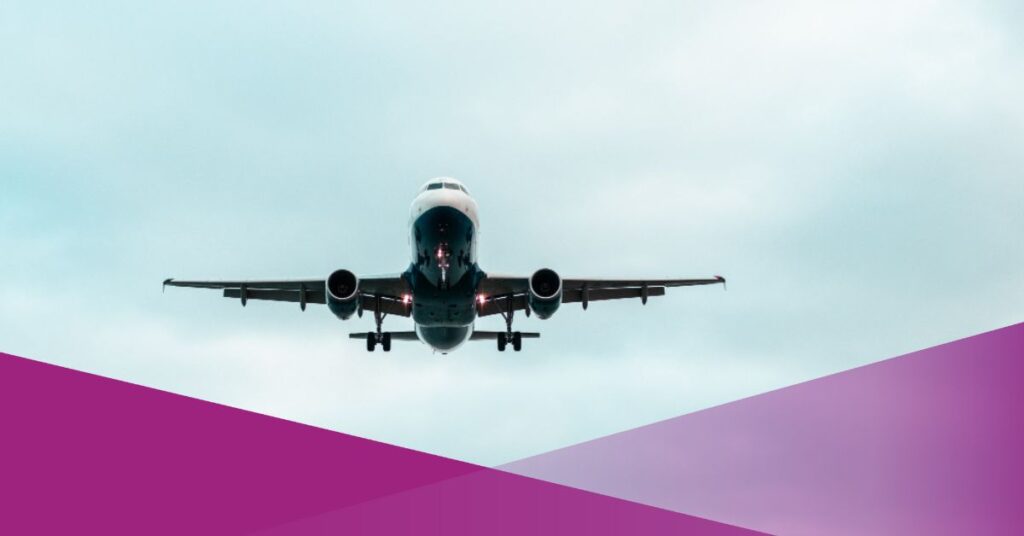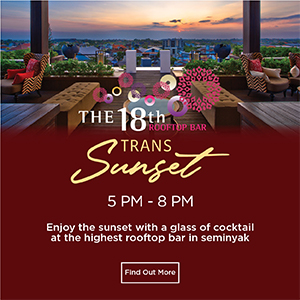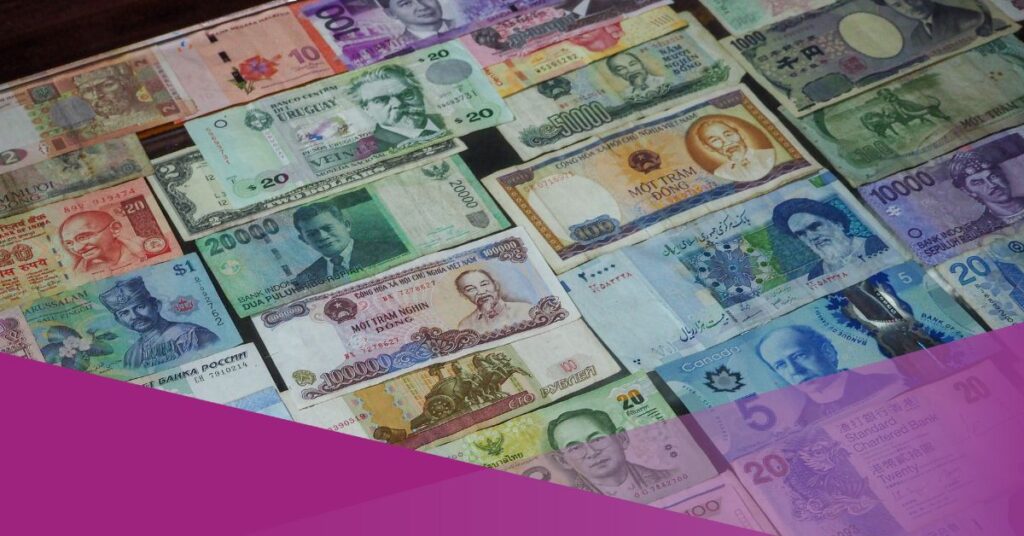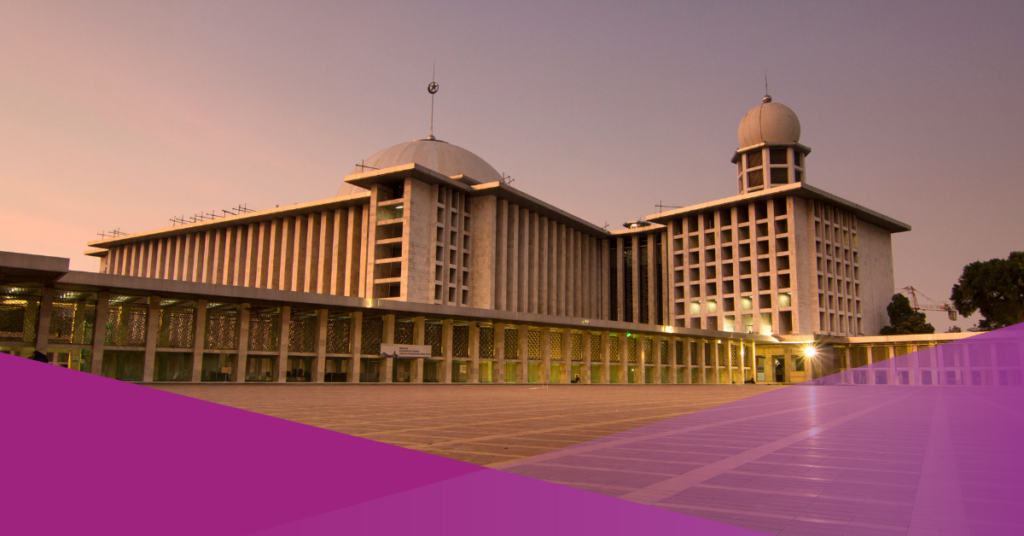Jakarta, formerly (until 1949) city Batavia, or (1949–1972) Djakarta, the largest city and capital of Indonesia. Jakarta is located on the northwest coast of Java Island, at the mouth of the Ciliwung River in Jakarta Bay.
It is coextensive with the Greater Jakarta Metropolitan Area (Jakarta Raya) and almost coextensive with Jakarta’s Daerah Khusus Ibukota (Special Capital District).
Jakarta is now Indonesia’s largest city and the metro area is named Jabodetabek for Jakarta Bogor, Depok Tangerang, and Bekasi initials. The city is located on the coast of Java and presently has a projected 11 million population. Jakarta’s population reaches 10 million in 2016, recorded by the 2010 Census.
History of Jakarta

Jakarta is the first part of the 4th-century Sunda Kingdom called Tarumanagara which remained among the oldest Hindu kingdoms. It became part of the Sundanese kingdom after a period of declining prosperity and became part of the 15th century.
The first European arrived in 1513 after Portugal’s search for spices route began to take place. Sundanese arranged an alliance with Portugal that allowed them to create a port in 1522 in defence of the Sultanate Demak in the central Java region.
City Size and Population Density

More than 11 million inhabitants are located in the city centre. The official designation of Jakarta as the Special Capital Region is its largest municipality and lies north of the northwest coast of Java. Even despite being the smallest of the Indonesian provinces with merely 699 sq km, Jakarta’s urban area actually covers 6, 392.
The metropolitan area of the city of Jabodetabek has over 30 million inhabitants. The city is very high in the population at 14,464 persons per square kilometre, while the city’s population in the metros is 4383 per sq kilometre.
Geography and Climate
Jakarta is situated on the northwest coast of Indonesia near the Ciliwung River. Its northern part has flat alluviums and hillsides. The north-south Jakarta area in Southeast Asia is hillier and less vulnerable to floods.
The city also sinks nearly 17 cm (6.7 inches) per year and this worsens flooding. The sinking city led the government to move the capital city to another state. Indonesia’s climate is a tropical monsoon. The moist months occur from October to May, and June to September are the wet months.
Areas in Jakarta
-
Central Jakarta
-
South Jakarta
-
North Jakarta
-
East Jakarta
-
West Jakarta
Also read: Living in Jakarta: Best Areas and Neighbourhoods
Government in Central Jakarta

Jakarta’s executive branch has two heads of state: deputy governor and elected official governor. The municipal government includes five smaller administrative cities led by mayors and administrative districts.
Contrariwise to most cities in Jakarta the mayor is primarily elected by the governor rather than elected by citizens. 106 legislative members have a direct election by Jakarta citizens. Jakarta has 22 representatives on its People’s Representation Council, elected in all three national electoral districts of Jakarta.
The Economy of Jakarta
Indonesia is one of the world’s largest financial institutions and the headquarters of numerous Indonesian multinational corporations with the GRP estimated at $484 billion USD.
Jakarta is mainly a manufacturing business and financial services hub, as well as a major retailer and consumer. Its manufacturing industry includes a large variety of iron and metal foundry repairs, soapmakers, and print companies.
Demographics

Ethnic Groups in Jakarta:
-
Javanese (36.17%)
-
Betawi (28.29%)
-
Sundanese (14.61%)
-
Chinese (6.62%)
-
Batak (3.42%)
-
Minang (2.85%)
-
Malay (0.96%)
-
Others (7.06%)
Age and Gender Statistics
-
0-14 years: 25.02%
-
15-24 years: 16.99%
-
25-54 years: 42.4%
-
55-64 years: 8.58%
-
65 years and over: 7.01%
Education

Several new elementary schools have been built. The universities have over 900 colleges, and the biggest university in the country is Universitas Indonesia.
Language
Jakarta’s official language is Indonesia which is also the predominant tongue. English is their second tongue, and a large number of elderly people speak Dutch and Portuguese.
Ethnic group of Jakarta uses a mother tongue at their home, including Betawi, Javanese Sundanese, Malay, and Madura.
A Ballooning Population
Jakarta’s population is expected to remain rising by 13M in 2035. From 1960 until 1975, the Jakarta population increased from 2.6 million to 4.8 million.
Historically there was a family planning plan for population control. When it started stagnating in 2001 it was stopped altogether. Among the biggest successes was, however, the reduction in fertility rates by 5.6 per female compared with 5.6 per male.
A Decreasing Poverty Rate
In 1998, Indonesia initiated reforms to tackle poverty. In 2020, the city had three low poverty numbers. 3.42% of the country’s population lives above the global poverty line. In 2001, poverty levels were low at 3.14%. Nearly 98,000 of the population living below the poverty limit were in north Jakarta.
Unfortunately, this is the part of the city that has experienced the greatest effects from the rise in seas as well as the sinkage. In Indonesia, income disparities are also expanding and are largely caused by inflation.





